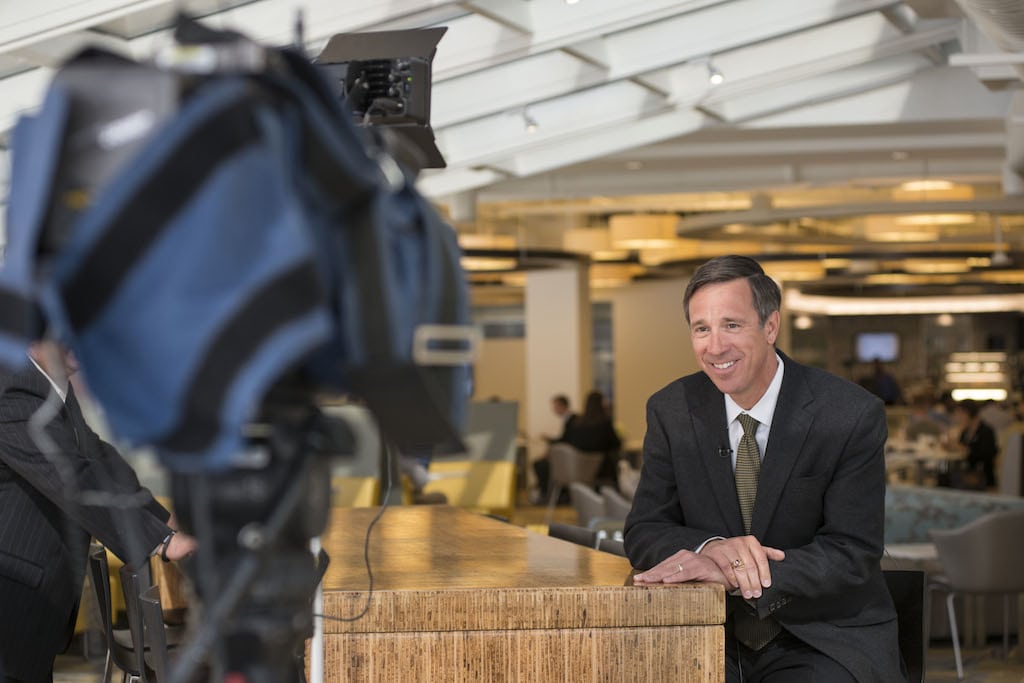Interview: Marriott CEO Says He's Banking on Economies of Scale

Skift Take
Just as Starwood itself identified earlier this year, some of the hotels in the Sheraton portfolio don't meet brand standards and some of them may end up losing their flags under Marriott's leadership.
Marriott International announced it scooped up Starwood Hotels yesterday in a $12.2 billion deal to create a monster hotel group with 30 individual brands covering the entire corporate hotel spectrum.
The end result will be 1.1 million hotel rooms spread around the world in 5,500 properties.
Marriott CEO Arne Sorenson has his hands full. The merger is expected to close mid-2016 but there's a ton of work to do to position each brand in its own unique space without having too much overlap.
There are also two loyalty programs to marry together, which may or may not retain their individual identities, and two corporate cultures to integrate that previously existed in stark contrast to one another.
That said, Marriott and Starwood complete each other. Marriott's comprehensive U.S. domestic portfolio and broad select-service inventory fit nicely with Starwood's more globally oriented product and established lifestyle brands.
Sorenson spoke to Skift yesterday, a few hours after the acquisition announcement, detailing some of the strategy behind the hotel merger.
Skift: What's the value of the Marriott-Starwood merger for hotel owners?
Arne Sorenson: The combination of the two companies will bring us that much more power and economies of scale for the owners of our hotels, who will have a cheaper per reservation cost. Think about cheaper revenue management, think about more powerful procurement. All of those things should drive better results for our owners, and by driving better performance f
